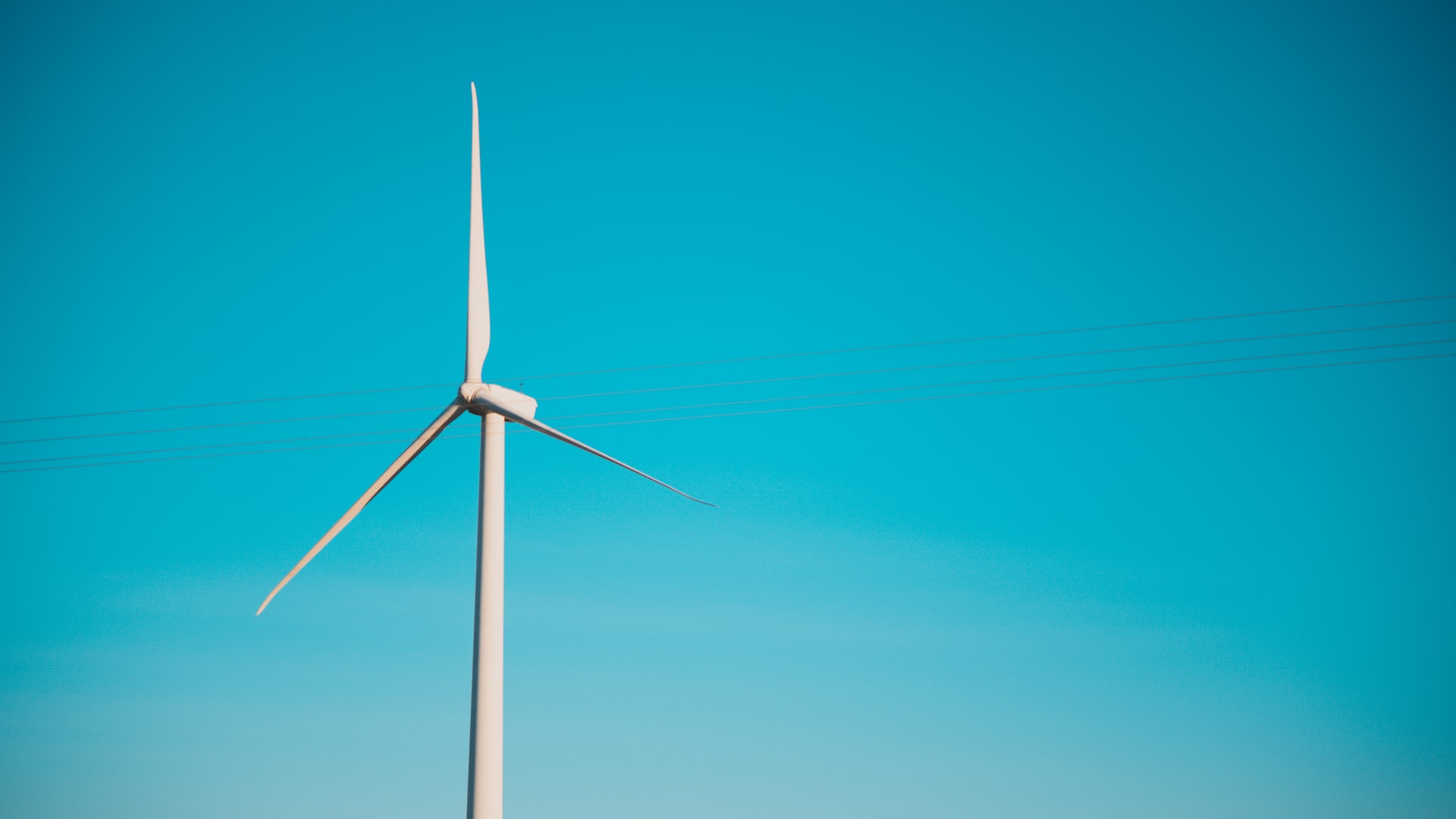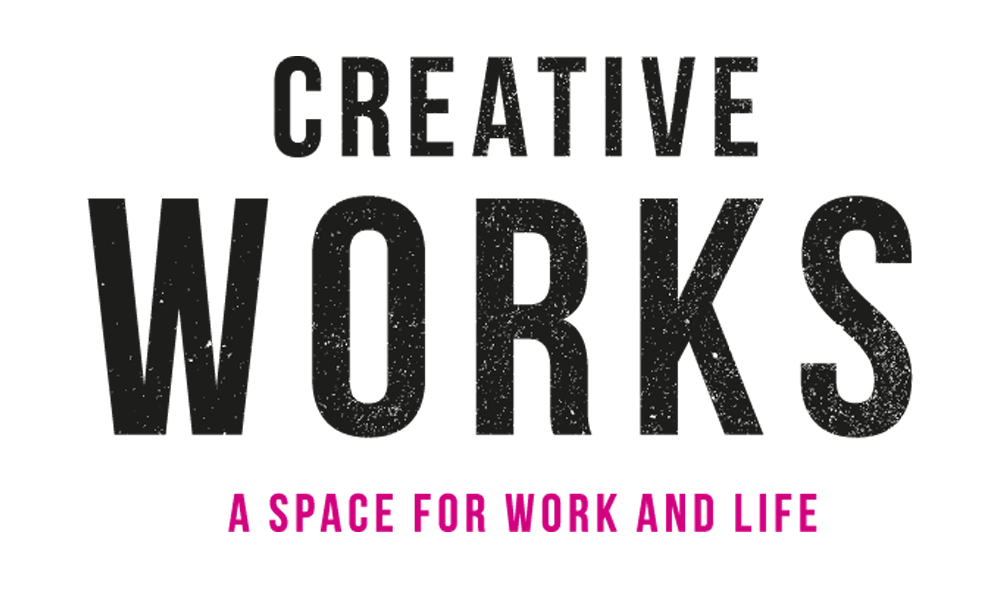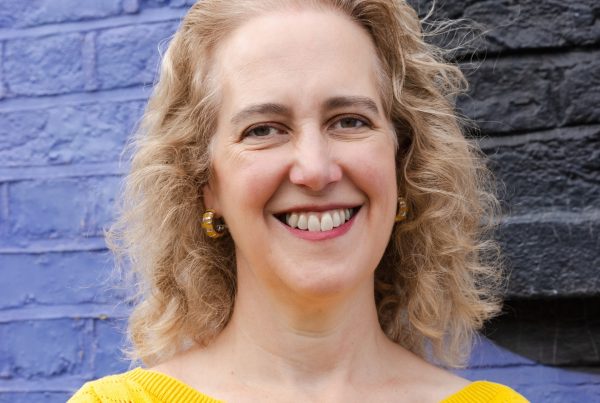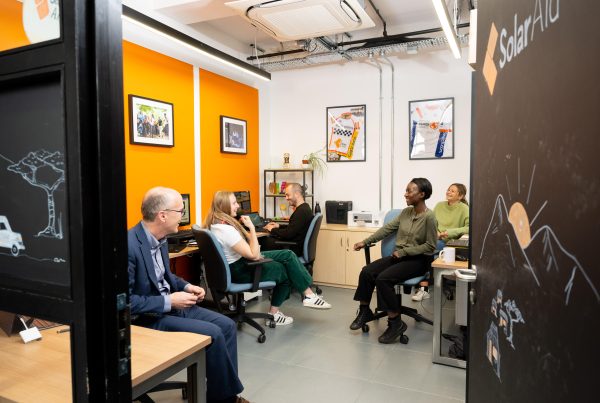
Ripple Energy is empowering people to make a genuine environmental impact by supplying genuinely green energy to their homes. The fact is, green energy tariffs aren’t always as green as they seem (as this article by Which? points out).
With Ripple, you can own a portion of a large-scale wind farm or solar park and get the electricity it generates delivered straight to you via Octopus or Co-op Energy. As a co-owner of a wind farm, you can be 100% sure that your energy is from a renewable source.
And you can call yourself a wind farmer – how cool is that?
Cost-efficient, flexible & portable
“It’s a really easy way to act on climate change and it’s cheaper than putting solar panels on your roof,” says Creative Works member Sarah Merrick, who is the founder and CEO of Ripple Energy. “It’s portable too, so if you move home you can take it with you.”
Ripple switches you to Co-op Energy or Octopus, its first supply partners, when you sign up. The electricity from your wind farm is supplied to your home by the National Grid – the company that manages the distribution of electricity and gas.
You pay for your portion of the wind farm upfront and can spread the cost over five instalments. To make it more affordable and accessible, you can choose to get a smaller percentage of your electricity consumption from the wind farm.
Ripple’s first wind farm launched in June 2020.
“If you wanted to cover all of your electricity consumption from the windfarm, for our first project it’s around £1,800 upfront. But you can cover a bit of your electricity and get the rest on a regular green tariff. The minimum upfront cost is £25.”
“You can scale the amount of electricity you use from the windfarm whenever you want.”
650 people have signed up to Ripple so far, which equates to about £1.3 million in investment. Construction on the wind farm begins in spring 2021 which is on track to be operational in the autumn. “That’s when people will start to see savings on their bill.”
Why is it cheaper?
Only about 30–40% of the cost of your electricity bill goes towards purchasing the actual electricity; the rest is made up of grid charges and taxes, Sarah explains.
On the other hand, when you get your electricity from Ripple’s wind farm, Octopus or Co-op Energy buys it at the wind farm’s low and stable operating cost instead of from the market at a higher price. These savings are then passed on to you, the consumer.
So, although you pay an amount up front to purchase your part of the wind farm, “you benefit from low and stable bills for the duration of the farm’s operational lifetime, which is about 25 years.”
A larger wind farm is in the pipeline for summer 2021. Ripple plans on getting corporate customers on board for this second project.
“It’ll work in the same way – you’ll get your electricity supplied to your office and can take it with you if and when you move into another workspace.”
Corporate customers will also be able to divide their energy between different locations and get some of it supplied to employees who work from home. This enables companies with decentralised teams to become truly carbon-neutral.
Find out more at rippleenegy.com.




